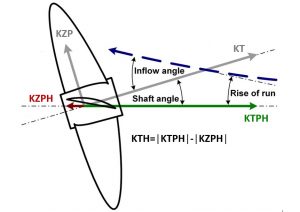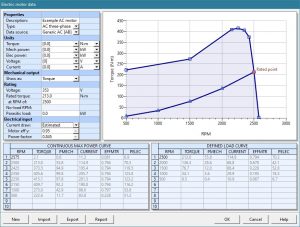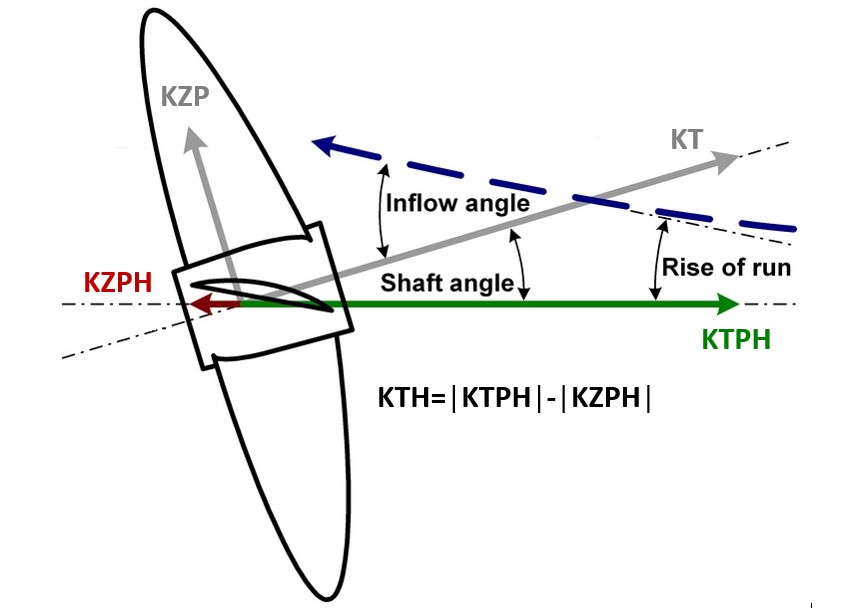New features for improved Vessel-Propulsor-Drive system simulation
Building upon work for the 2021 version relating to new barge drag prediction methods, NavCad 2022 has been updated with a new Simple Towboat method for prediction of hull- propulsor coefficients and an update to the drag prediction models for barges with true box-like sterns. Updates also include the use of KTKQ data for a CRP [Simple] propeller type, as well as various interface and process improvements.
Extensive update for oblique propeller effects
Propeller performance in NavCad utilizes various systematic propeller series. One characteristic of all propeller series is that the water flow is uniform and axial (i.e., in line with the propeller axis). Axial flow is suitable for laboratory tests, but it does not always correspond to real “behind-the-ship” applications. In fact, true axial flow on ships is rare.
NavCad considers the effect of non-axial flow – commonly known as oblique flow (or inclined flow) – with its oblique flow corrections. These corrections have been updated for NavCad 2022 to provide an evaluation of the propeller normal force that is created by oblique flow. A propeller’s in-plane vertical normal force (shown below by the coefficient KZP) can greatly affect a boat’s dynamic trim, so understanding the magnitude of this force can be crucial to a complete planing hull simulation.

Export KTKQ utility
A new utility for NavCad 2022 provides the export of a set of KTKQ data for the project’s propeller. The data is exported to a CSV file using standard formatting (e.g., decimal point indicator with comma delimiter). This new export can be a valuable tool for the proper performance definition of a CFD “virtual propeller” (actuator disk).
The calculation of coefficients is based the entered propeller data and prediction settings. If oblique flow settings are enabled, the prediction of KT and KQ will include oblique effects with additional coefficients included in the export: JH and KTH (oblique horizontal components), as well as KZP (normal force) and KT* (which includes the effect on KT of the KZP normal force component).
AC electric motor module
The support for electric motors introduced with NavCad 2021 has been updated for AC three-phase motors. This includes use of generic curve shapes based on NEMA A/B definitions as well as estimated prediction of partial load values for motor efficiency and power factor.


